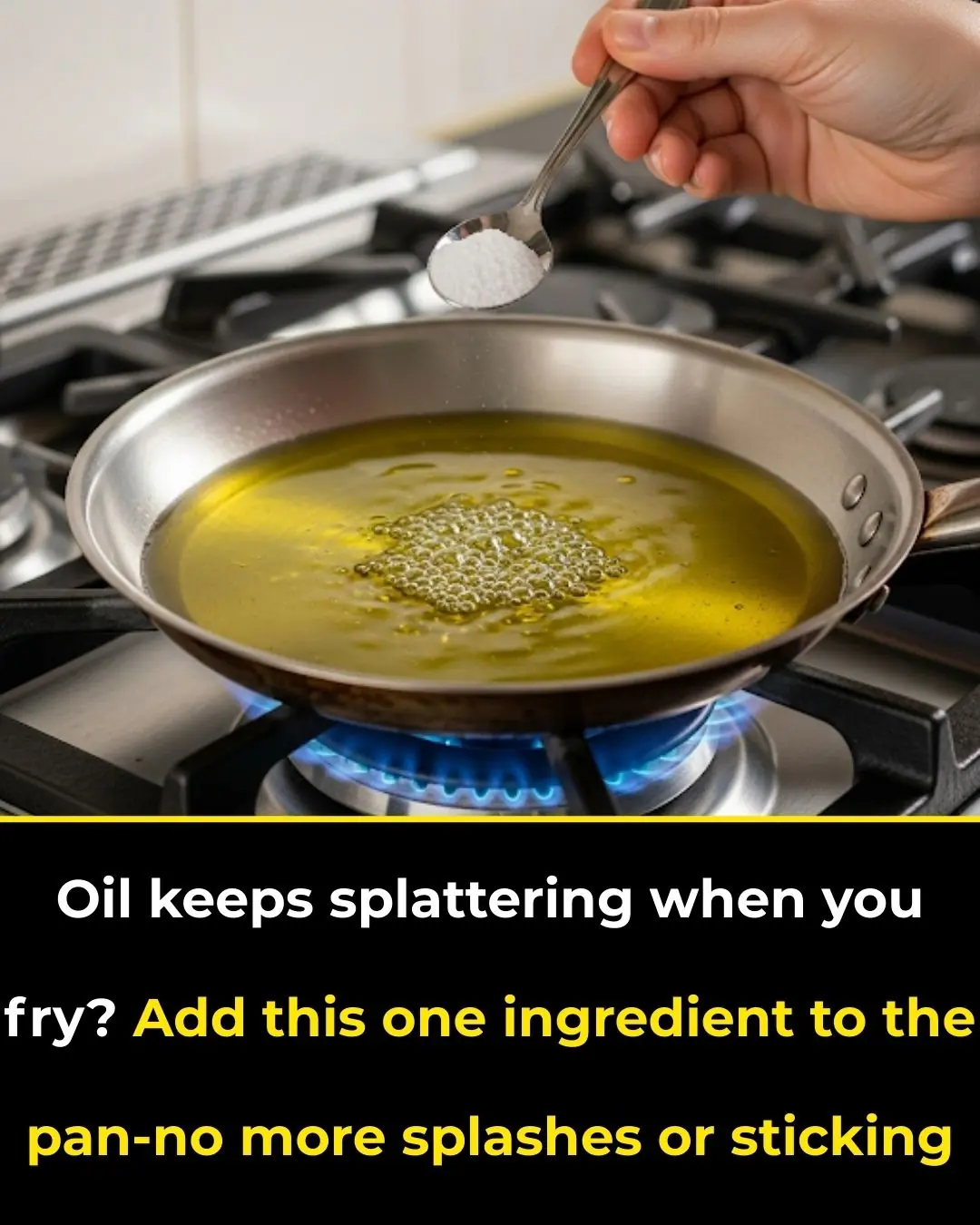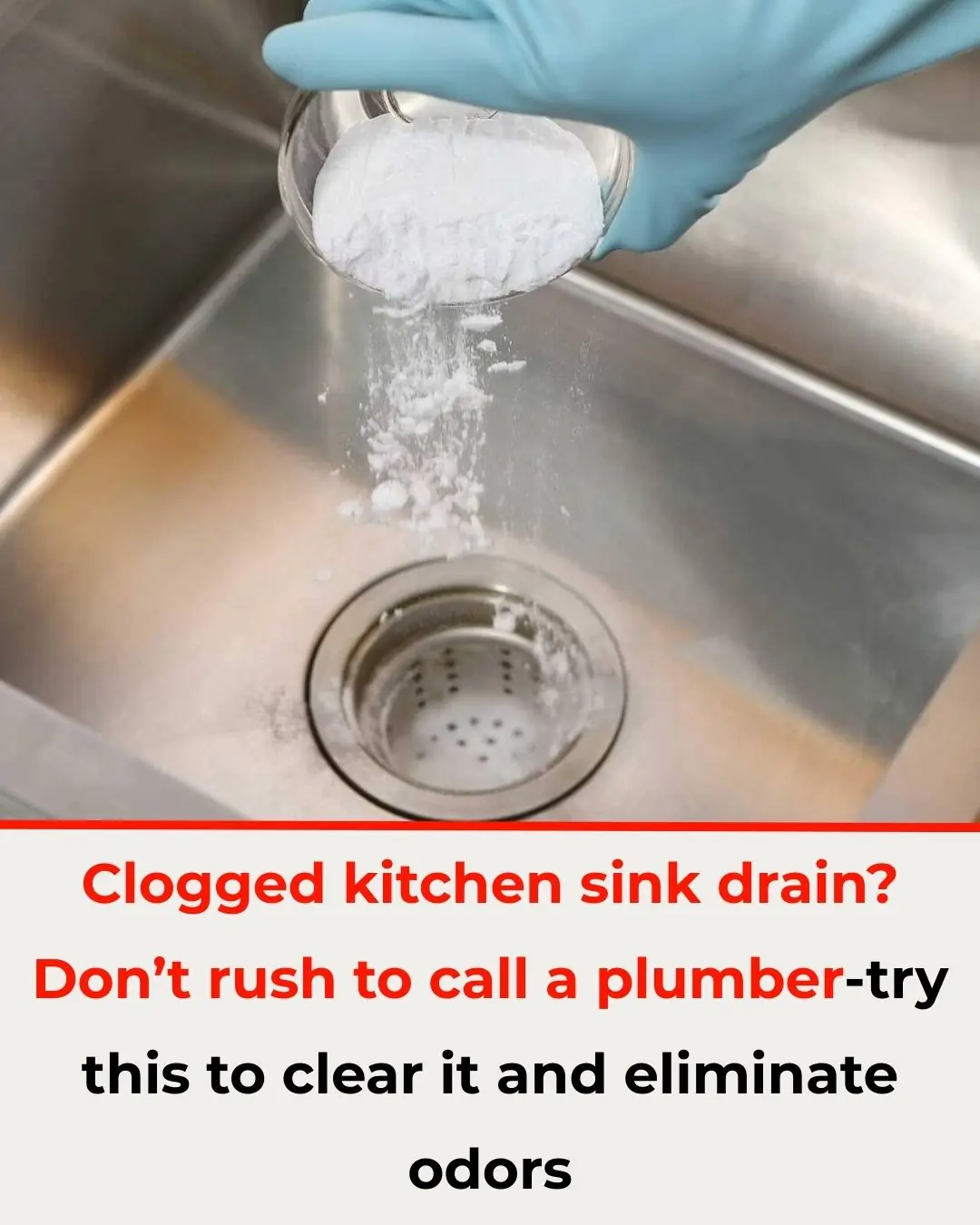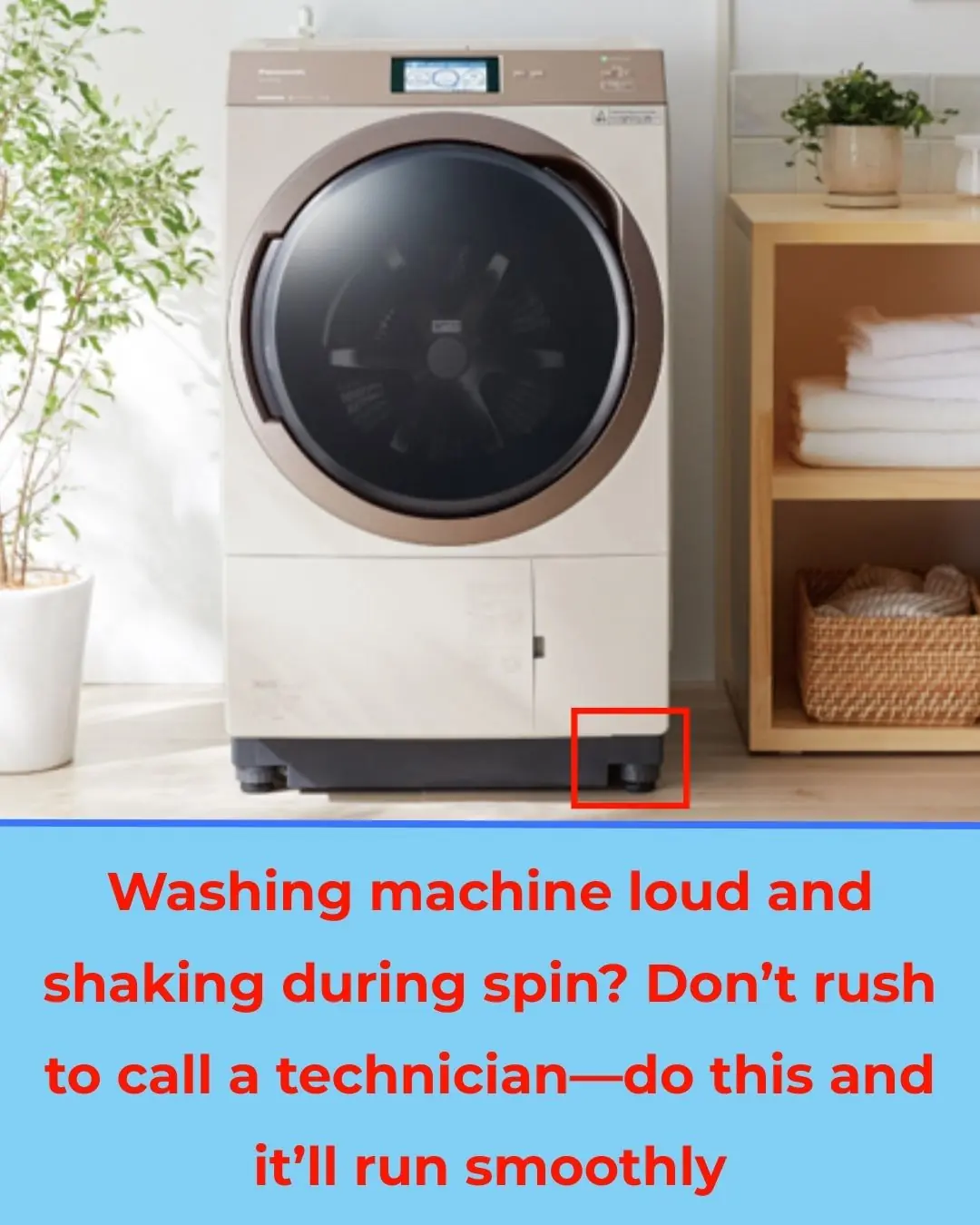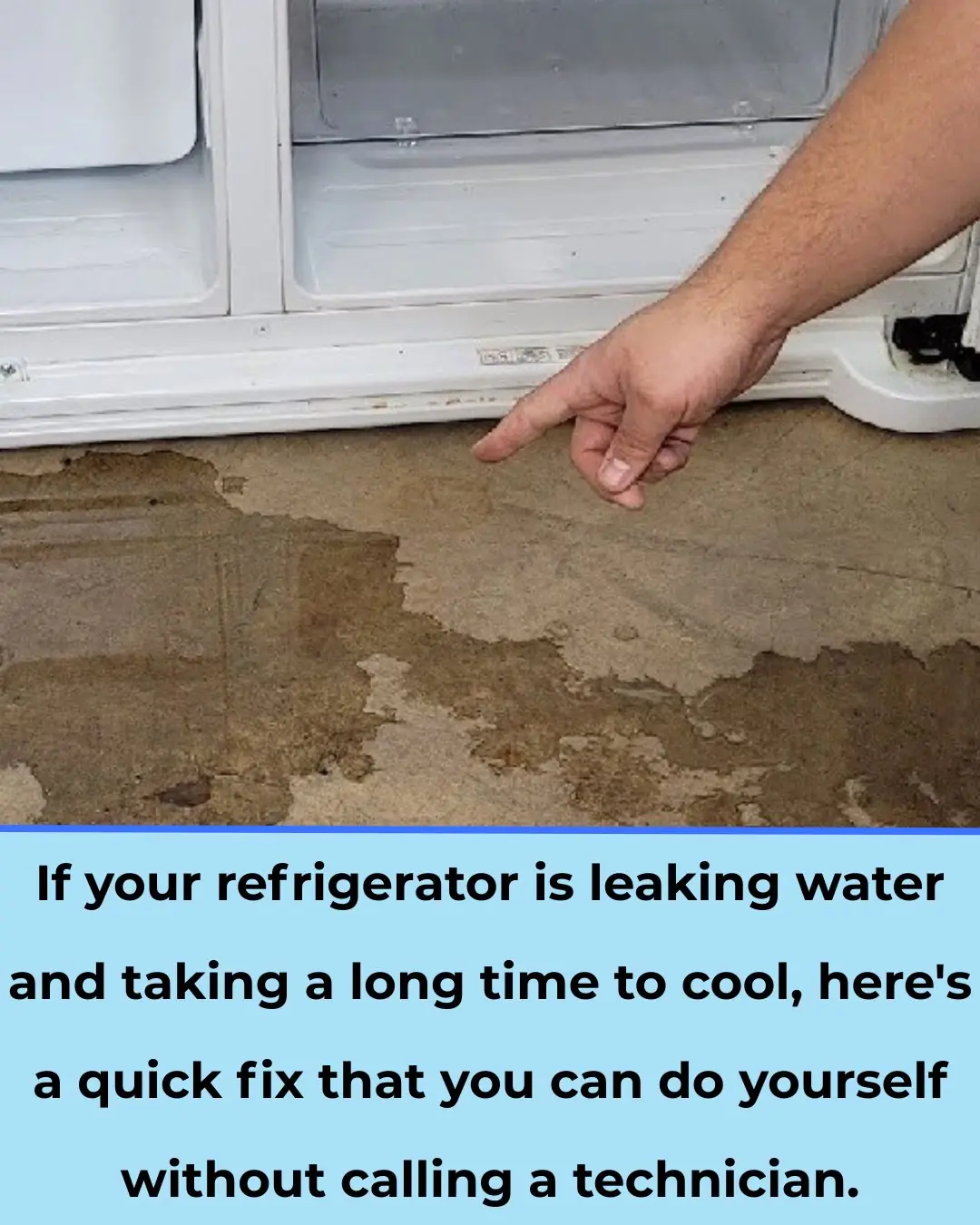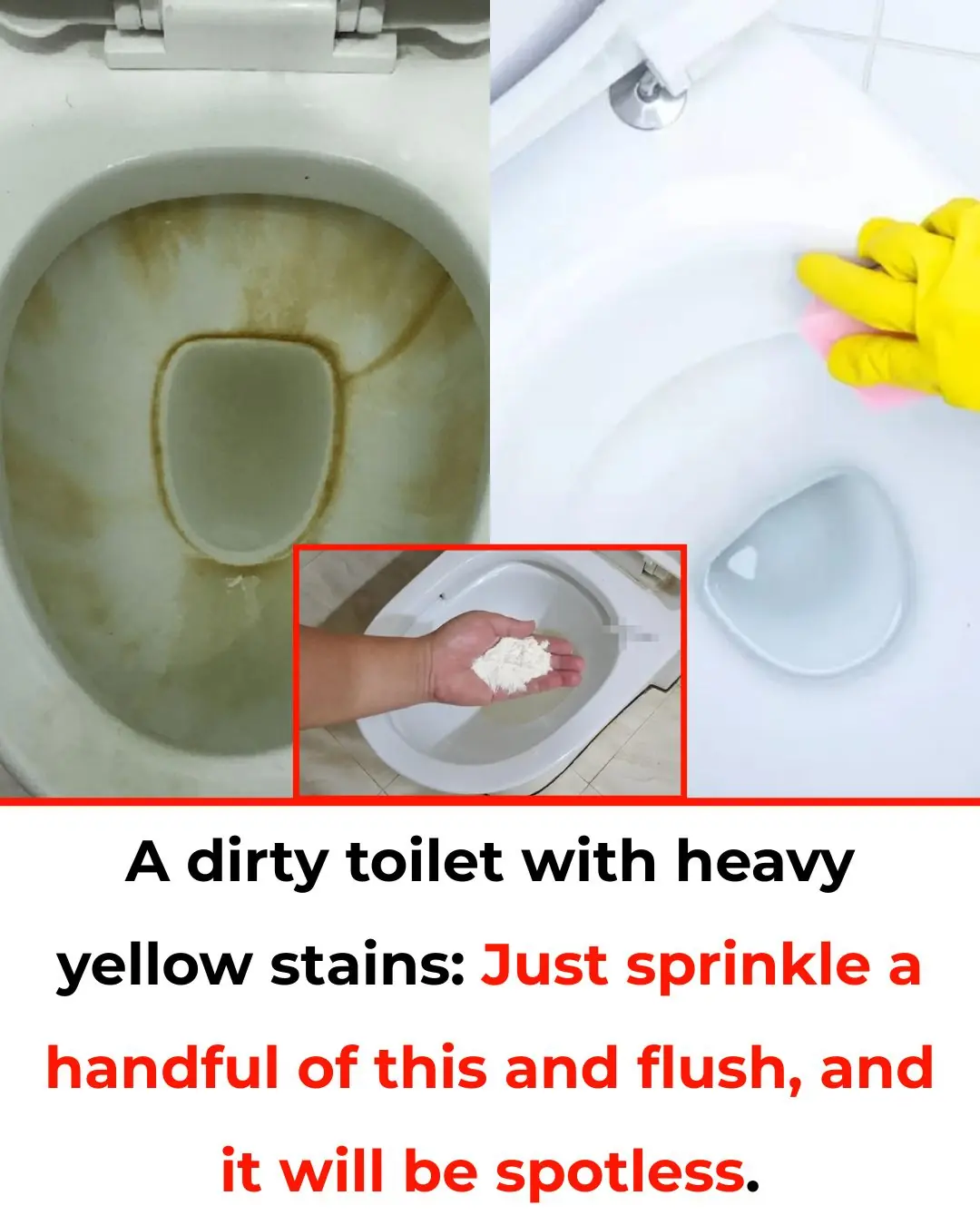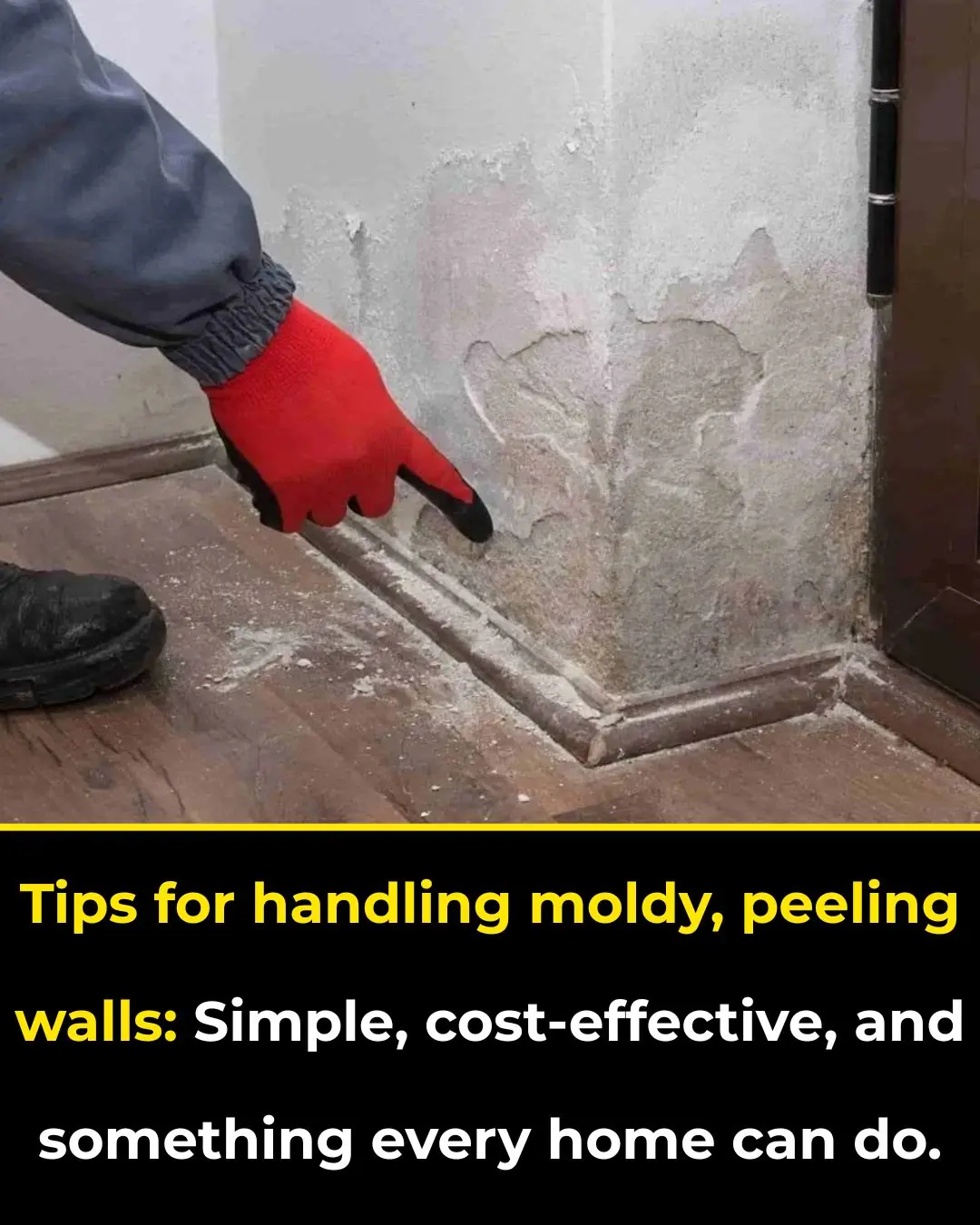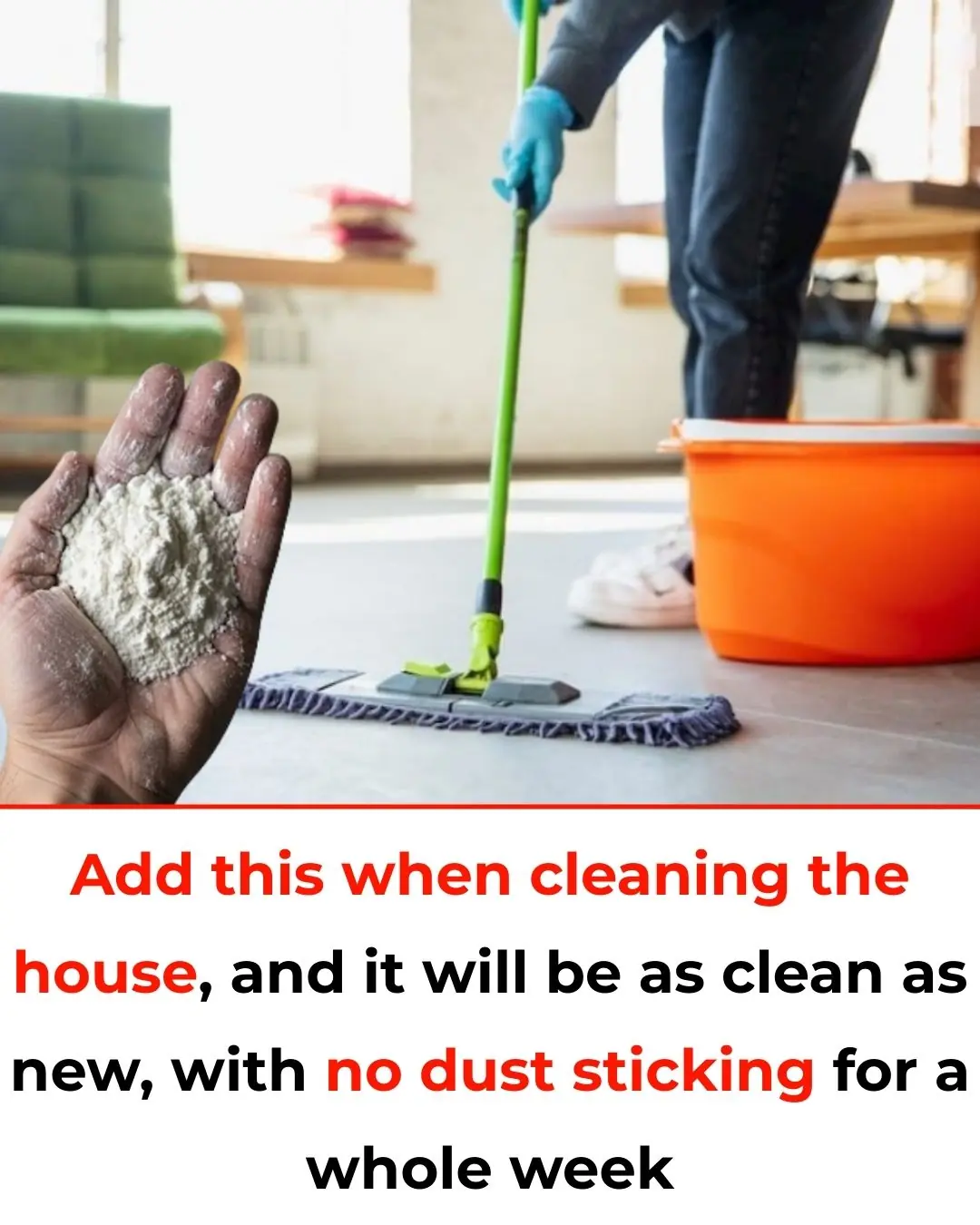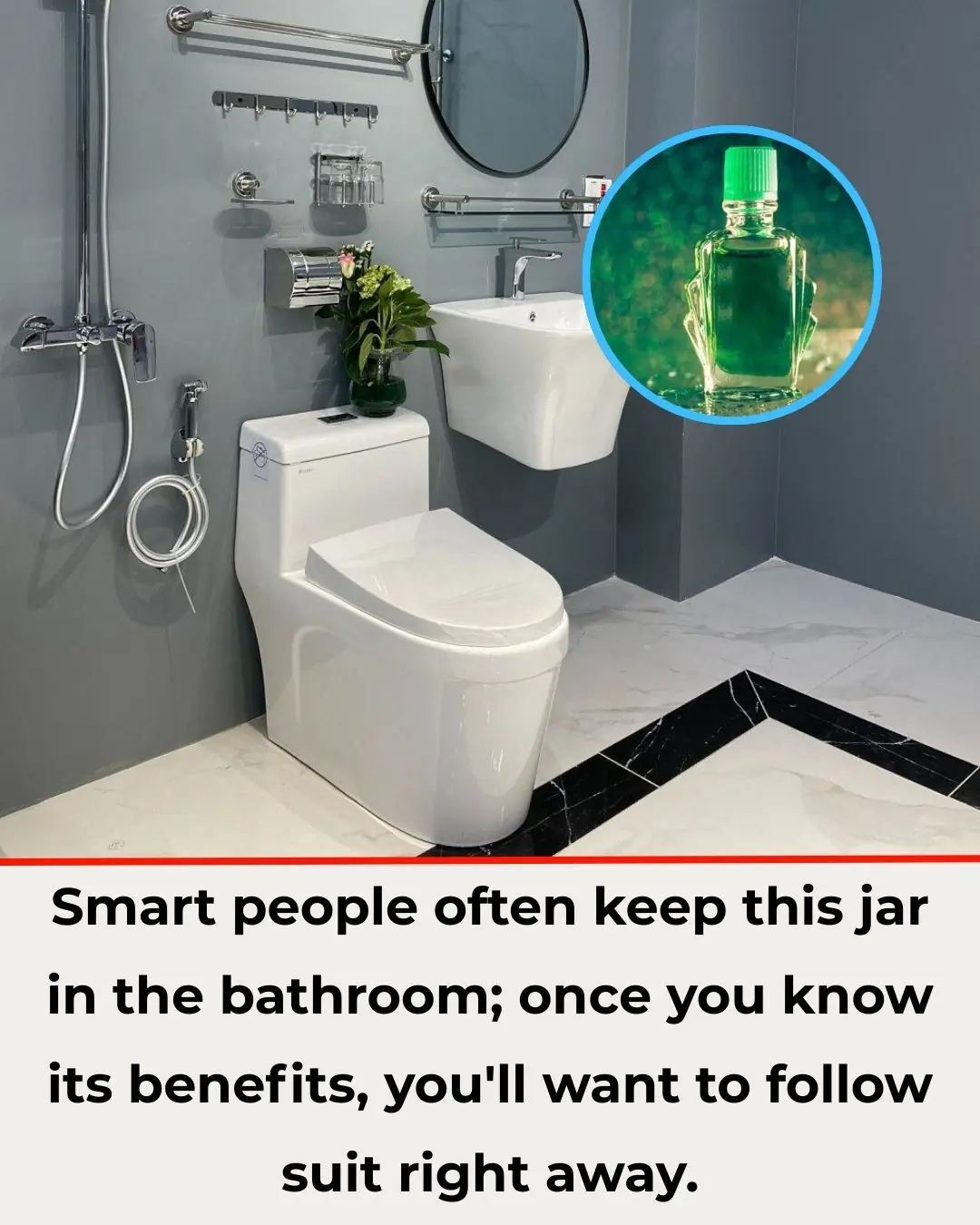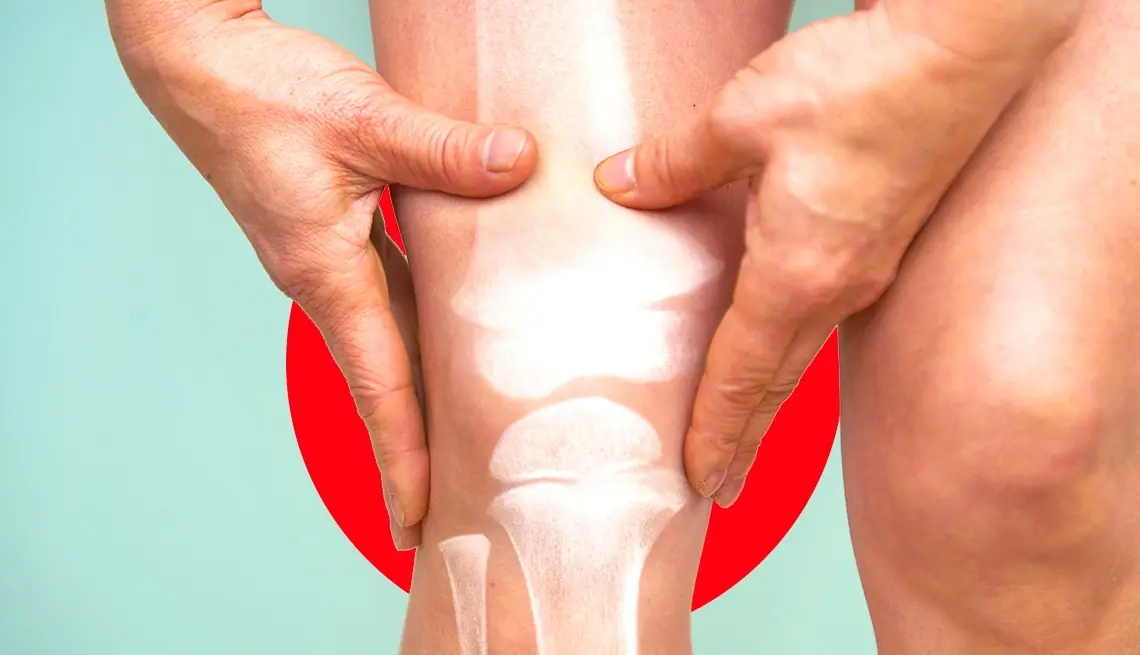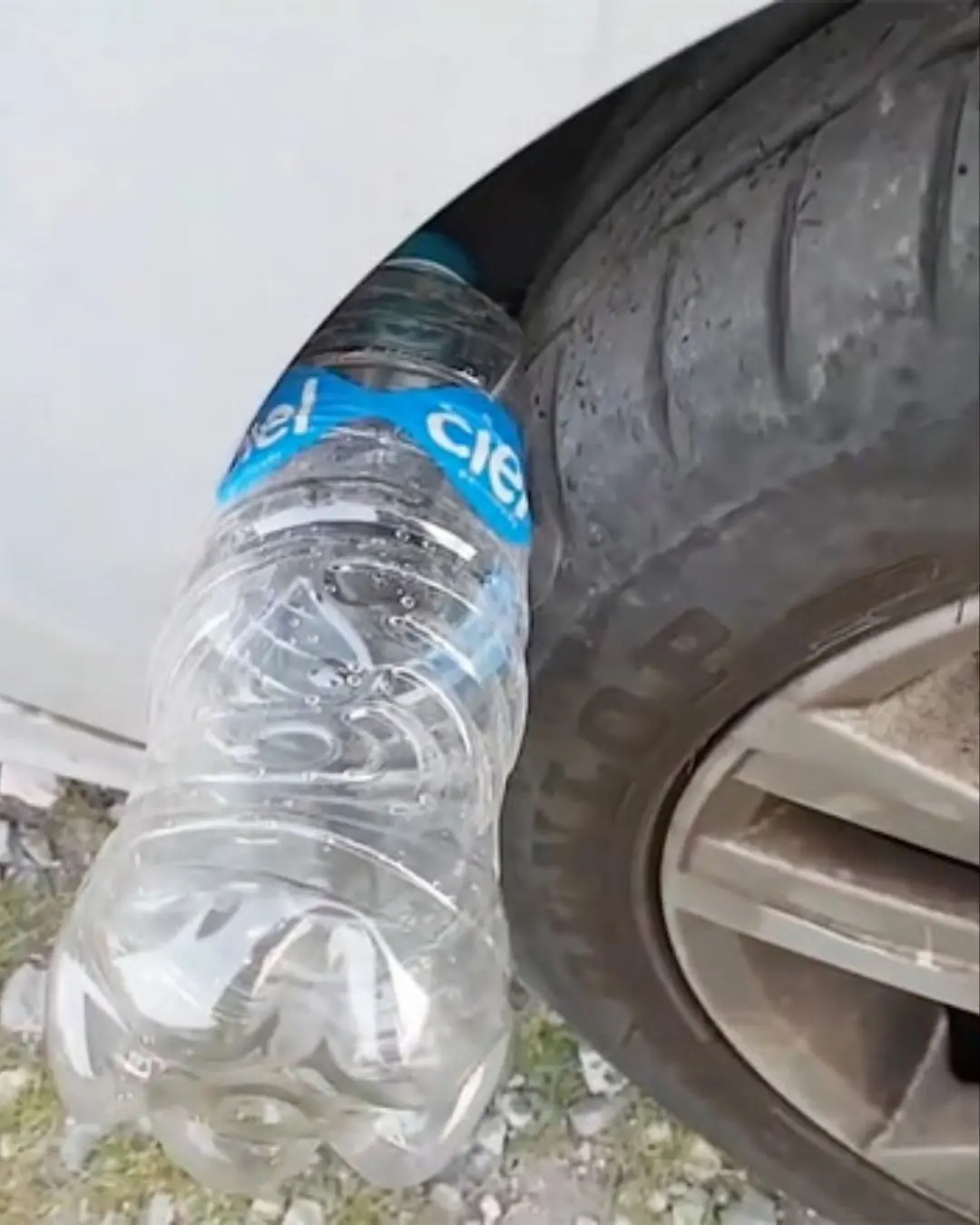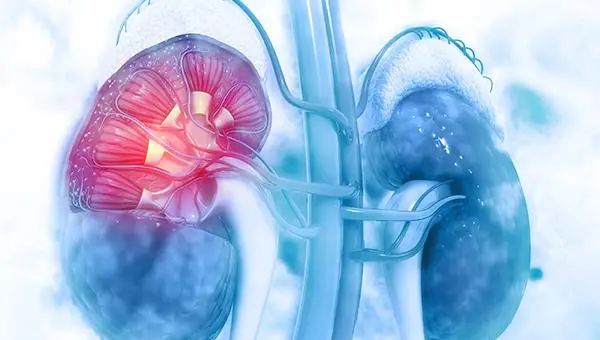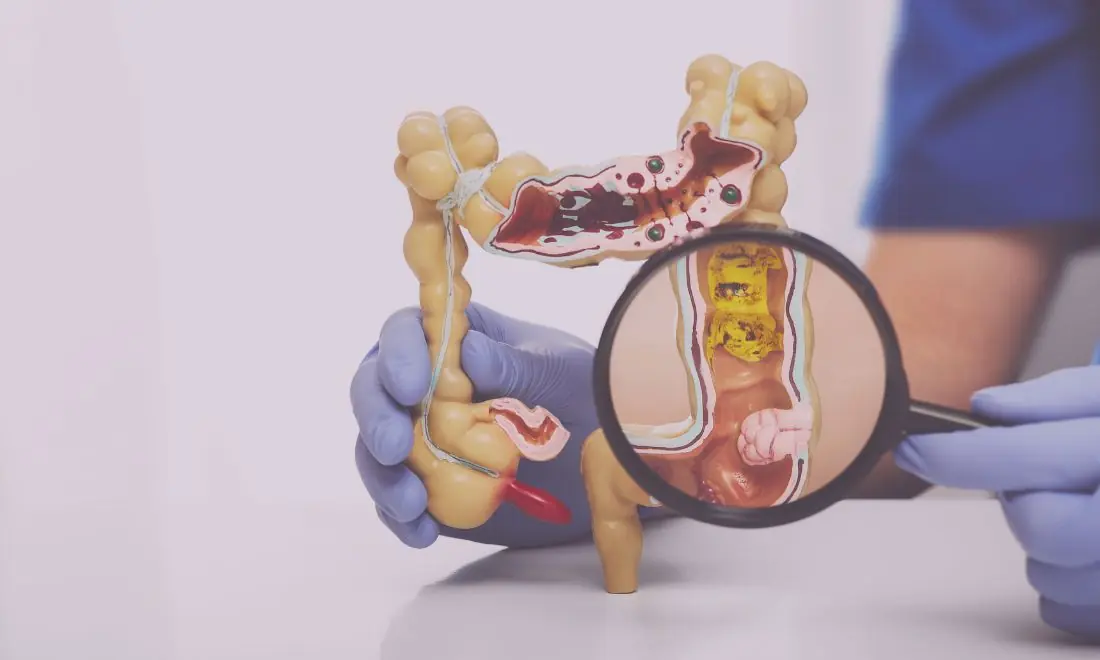Water and electricity don’t mix. Even a slightly wet rag can push moisture into the tiny gaps around a switch, leading to corrosion, sticky action, or (in the worst case) a shock. Here’s a quick, inexpensive way to get grimy light switches looking like new—without spraying or splashing anything.
The 60-second clean (safe for everyday dirt)
You’ll need: a dry microfiber cloth, cotton swabs, and 70% isopropyl alcohol (rubbing alcohol) or an electronics-safe cleaner.
-
Switch the light off.
-
Dry dust first. Wipe the faceplate and toggle/rocker with a dry microfiber cloth to lift loose dust and grit (so you don’t scratch the plastic later).
-
Dampen the cloth—don’t spray. Lightly moisten a corner of the cloth with isopropyl alcohol (it should feel barely damp, not wet). Never spray the switch directly.
-
Wipe from clean to dirty. Work the damp corner around the edges and high-touch areas. Use a light touch; you’re dissolving oils, not scrubbing paint.
-
Detail the crevices. Touch a cotton swab to the bottle cap to pick up a drop of alcohol, then run it along the seam where the plate meets the wall and around the toggle.
-
Dry immediately. Follow with the dry side of the cloth so no moisture lingers.
Alcohol breaks down skin oils and grime, evaporates fast, and doesn’t leave water behind—perfect for switches.
Deep clean for sticky, yellowed, or greasy plates
When grime has built up (kitchen splatter, nicotine film, fingerprints), clean the removable faceplate separately. The switch mechanism stays in the wall and must not be washed.
You’ll need: screwdriver, mild dish soap, a bowl of warm water, microfiber cloth, 70% isopropyl alcohol.
-
Cut power if you’ll remove the plate. Flip the breaker for that circuit, or at minimum turn the switch off and be careful.
-
Remove the faceplate. Use a screwdriver; keep the screws in a small cup.
-
Soak the plate only. In warm water with a drop of dish soap for 5–10 minutes. Wipe, rinse, and dry completely.
-
Clean the switch body (still mounted). With the breaker off, lightly wipe the toggle/rocker and surrounding area using a barely damp alcohol cloth; do not let liquid drip into the opening.
-
Reinstall & restore power. Once the plate is bone-dry, screw it back on and turn the breaker back on.
Avoid: bleach, ammonia, and abrasive powders. They can yellow plastics, dull the surface, and corrode metal parts.
Tough mark remover (use sparingly)
If scuffs remain on a white plastic plate:
-
Try a pencil eraser first.
-
As a last resort, use a magic eraser (melamine sponge) slightly damp, gentle pressure, and short strokes. It’s a micro-abrasive—effective, but it can dull glossy plastic if overused. Always finish with a dry wipe.
Quick disinfect without soaking
For high-touch areas (bathroom, kitchen):
-
Use 70% isopropyl alcohol on a soft cloth. Give surfaces 15–30 seconds of contact time, then dry.
-
3% hydrogen peroxide on a cloth is another option; let it sit briefly, then wipe dry.
-
Pre-moistened electronics/screen wipes work well for glass-front or touch-style smart switches.
Note: “Antibacterial” sprays that are water-based are risky near switch seams and often need long wet contact times—skip them.
Safety checklist (read once, remember forever)
-
Never spray any liquid directly on a switch or outlet.
-
Never use a dripping cloth. If you can wring it, it’s too wet.
-
Stop and call a pro if a switch is cracked, feels warm, sticks, buzzes, or shows scorch marks. Cleaning won’t fix an electrical fault.
-
Child/pet zones: use screw-on plates (not snap-on) and check that plates are snug so curious fingers can’t pry gaps.
Special cases
-
Paint smears on the plate: If the plate is cheap and badly smeared, replacement is often the cleanest fix. Standard plates are inexpensive and take two minutes to swap.
-
Decorative/metal plates: Skip abrasives. Use a barely damp alcohol cloth and dry thoroughly to prevent tarnish.
-
Textured or matte black plates: Finger oils show easily. Alcohol on a microfiber followed by a dry buff keeps the finish even.
Prevent the grime from coming back
-
Weekly: Dry dust plates during your regular wipe-down.
-
Monthly: Quick alcohol wipe on kitchen and bathroom switches.
-
After cooking or painting: Do a fast pass on nearby switches to catch fresh splatter before it cures.
-
Hands first: Keeping a small pump of hand sanitizer at room entries reduces the oil that lands on switches.
Minimal shopping list
-
Microfiber cloths (2–3)
-
70% isopropyl alcohol (small bottle)
-
Cotton swabs
-
Mild dish soap (for plate-only soaks)
-
Basic screwdriver set (flat/Phillips)
-
Optional: magic eraser for stubborn scuffs
Bottom line
Skip water. A dry dust, a barely damp alcohol wipe on the cloth (never the switch), and an immediate dry buff will make light switches look new without risking moisture in the electrics. For heavy buildup, remove and wash the faceplate only, keep liquids away from the mechanism, and reassemble when everything is fully dry. Clean, safe, fast—that’s the right way.



